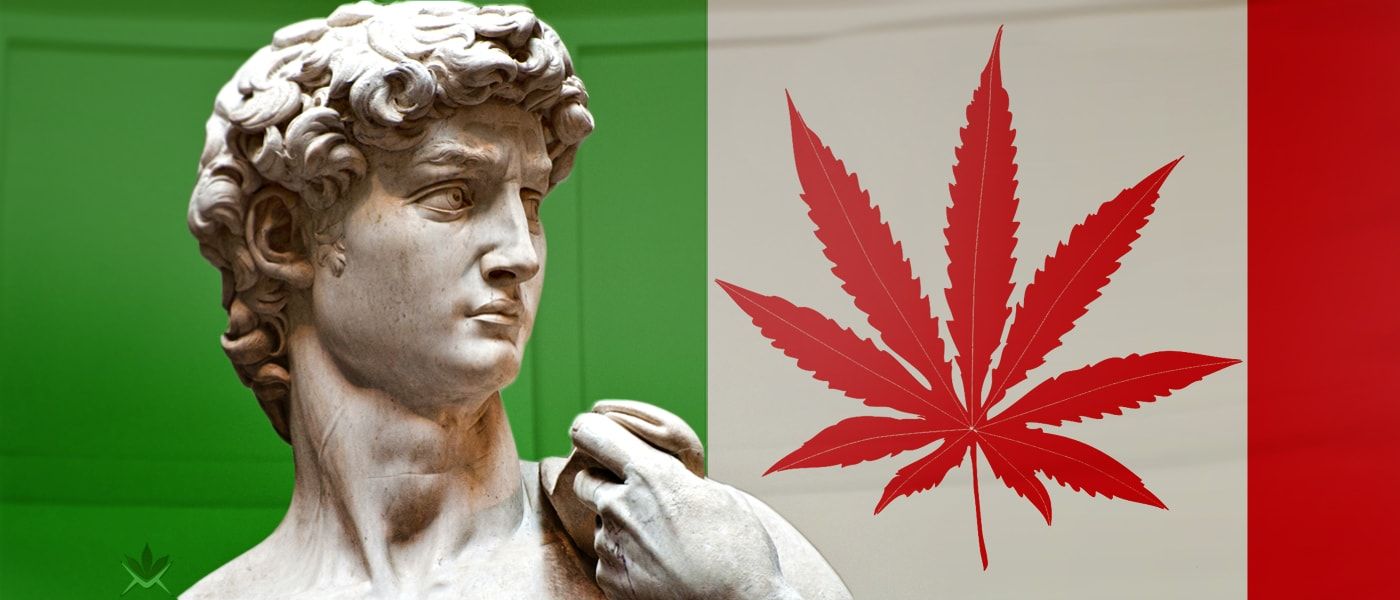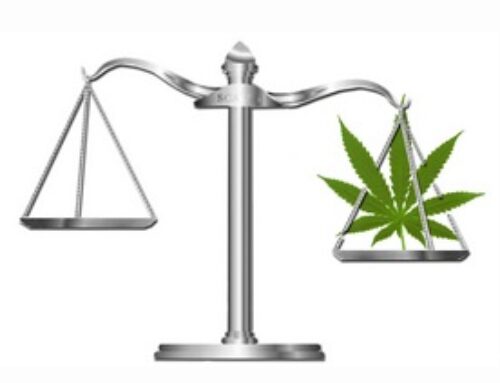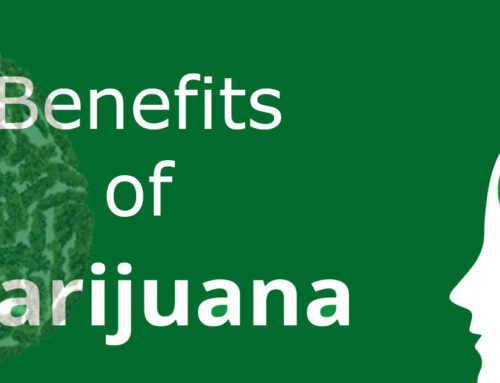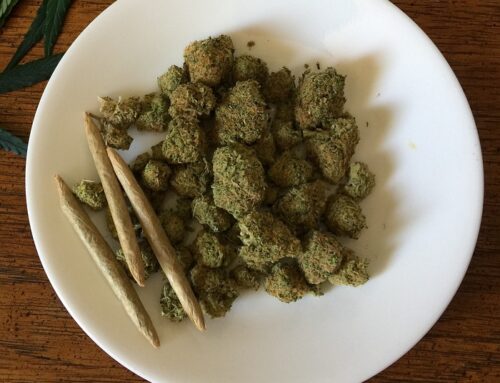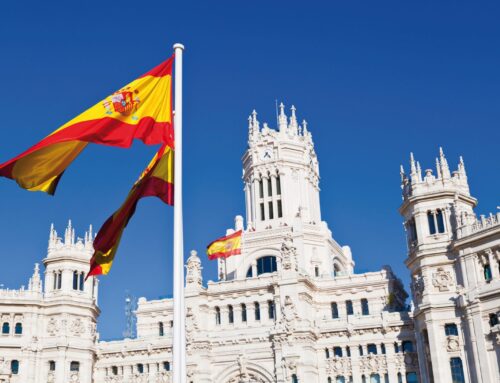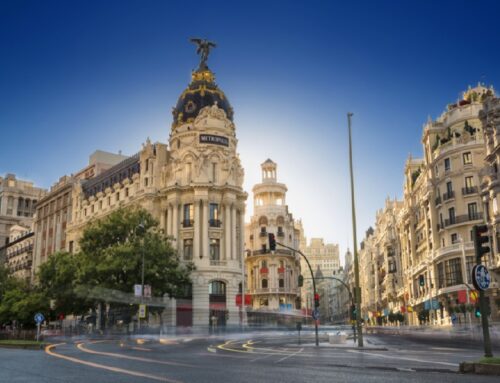A law in Italy reactivates the hemp industry and is a first step towards the legalization of cannabis
“Made the law, made the trap” is perhaps the motto of the rogues and the burning nail to which we have to grab those who yearn for the definitive release of cannabis. If there is the slightest crack in the laws, the smallest hole that gives some field to the non-illegal use of cannabis, rest assured that it will always be discovered and exploited.
This is the case in Italy, where Parliament recently introduced a new legislation on cannabis, the law 242 of December 2016, which aims to introduce products derived from the plant in the market. This regulation is a first step towards the legalization of marijuana and for its implementation some of the directives of the EU were followed.
There are three main characteristics of the new legislation:
1) Authorization to grow cannabis with a maximum content of THC (the plant’s main psychoactive cannabinoid) of 0.2% and with a tolerance level of up to 0.6% (what is known as industrial hemp) will no longer be required. ). Although it is no longer necessary to communicate the crop to the security forces through a complaint form, the recommendation is to do it anyway to avoid any problem. Of course, the producer must keep the invoice and the technical documents of the seeds for at least one year.
2) The percentage of THC in the cultivated plants can fluctuate between 0.2% and 0.6% to be considered a legal crop. The controls will be carried out by a single authority and always in the presence of the farmer, and the inspectors must issue a sample taken for possible counter-checks. In the event that the percentage of THC is greater than 0.6%, the judicial authority may order the seizure or destruction of the crop, but the farmer would be excluded from any responsibility.
3) The injection of public funds of up to 700,000 euros per year is envisaged “to favor the improvement of production and processing conditions in the hemp sector”.
Cannabis light in Italy
For the rest, the legislation is so open that the emerging industry has begun to self-regulate, starting to emerge multiple startups and cannabis products stores almost daily.
Of course, everything is going well for the time being while respecting the limit established in the legislation between 0.2% and 0.6% THC. This low cannabis in THC is known in Italy as “cannabis light”. We recently told you that in supermarkets in Switzerland you could already buy cannabis buds rich in CBD (the plant’s main non-psychoactive cannabinoid) and with less than 1% of THC manufactured as tobacco. In Italy, brands such as MamaMary have begun to expand throughout Europe by selling their CBD buds and high-tech solutions for indoor growing.
The change of legislation has triggered a “cannabis-mania” in Italy, to the point that small jars with cannabis light buds are sold (with names like K8, Chill Haus, Cannabismile White Pablo and Marley CBD). This is for now possible thanks to the lack of legislation. The same jars present a label in which they warn that it is not a product for human consumption, but that they are sold as a “collector’s product” (eg, ahem). It is the market’s way of protecting itself while the authorities decide what are the percentages of cannabinoids and legal uses.
In any case, there is an appreciation of the economy around this plant. But as for cannabis light, there is no guarantee that it will survive the legislative adjustments. It seems that they still have difficulty convincing themselves of the unquestionable benefits that taxation for the sale of this plant and its derivatives are procuring to the economies where it is regulated.


